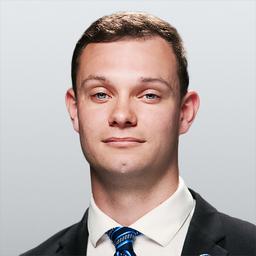Google said that this action aligns with their “longstanding practices” of applying name changes when they are updated in official government sources.
The name change on Google Maps is not universal, it noted. As outlined in the blog post, “People using Maps in the U.S. will see ‘Gulf of America,’ and people in Mexico will see ‘Gulf of Mexico.’ Everyone else will see both names.”
“When official names vary between countries, Maps users see their official local name. Everyone in the rest of the world sees both names,” the company said.
Trump’s executive order cited the gulf’s importance to the United States as justification for the name change. According to the White House, the order describes the gulf as “an integral asset to our once burgeoning Nation” and highlights its role in trade, oil and gas production, fisheries, and the maritime industry.
The executive order directed the Secretary of the Interior to “take all appropriate actions to rename as the ‘Gulf of America’ the U.S. Continental Shelf area bounded on the northeast, north, and northwest by the States of Texas, Louisiana, Mississippi, Alabama and Florida and extending to the seaward boundary with Mexico and Cuba in the area formerly named as the Gulf of Mexico.”
Trump has moved quickly to cement the name change, declaring Feb. 9 as “the first-ever Gulf of America Day” while flying over the newly renamed body of water.
While the Gulf of America name change has been implemented, a parallel effort to rename Denali back to Mount McKinley has faced opposition in Alaska. The Alaska Senate passed a unanimous resolution on Feb. 7, urging Trump to maintain Denali as the official name for North America’s tallest mountain.







